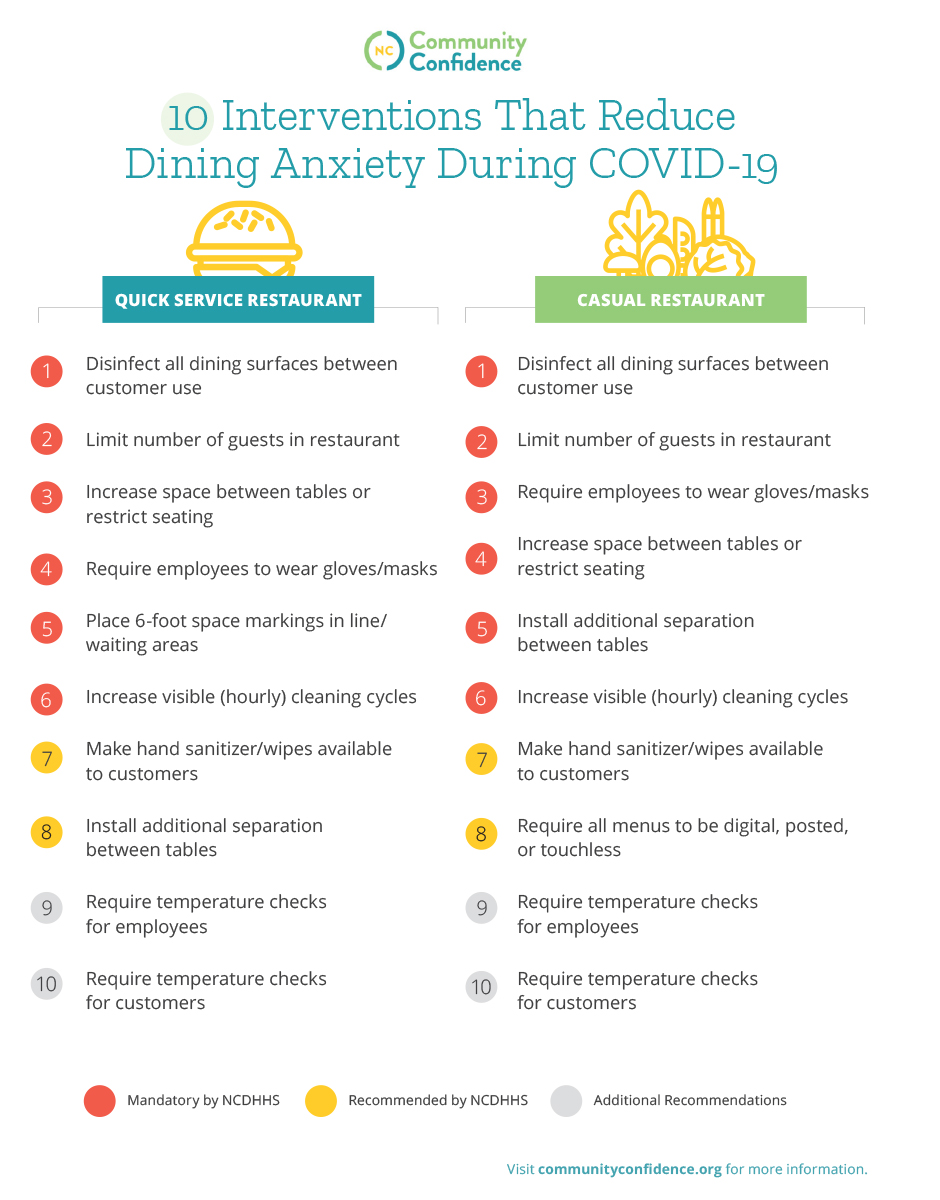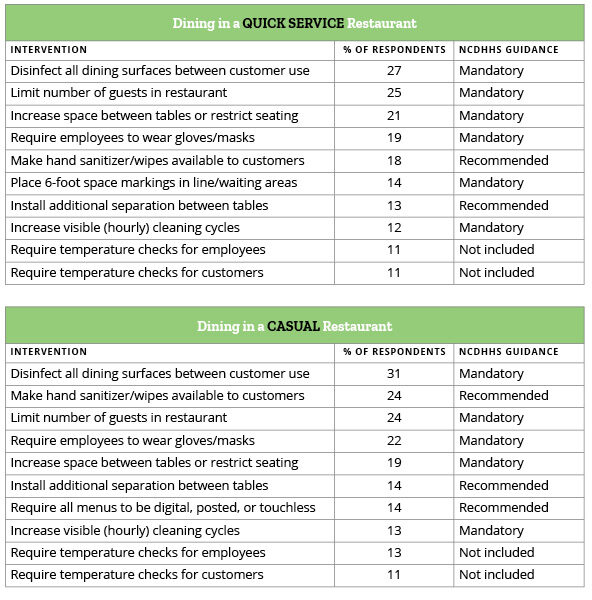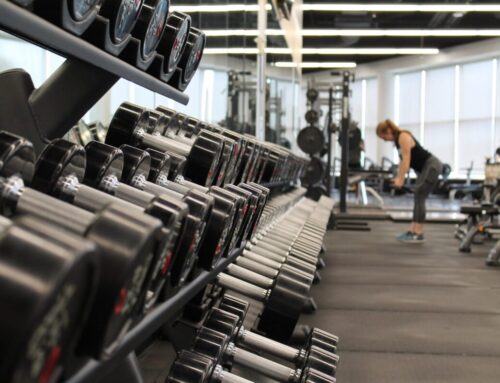70% of people feel ‘extremely uncomfortable’ or ‘uncomfortable’ eating in a restaurant

In our very first blog post, we discussed 8 things to consider when reopening your community. One of those things was related to the fact that safety and gaining the confidence of customers have become selling points for many businesses.
In this week’s post, we wanted to go a bit deeper on that issue by discussing specific things that restaurants can do to increase confidence by reducing customer anxiety while dining out.
Before we review some anxiety reducing interventions restaurants can take, it is important that we fully grasp the level of anxiety that restaurant goers feel in a COVID-19 world.
Anxiety in a COVID-19 World
The graphic below comes to us from Deloitte’s State of the Consumer Tracker, which has some interesting data and graphics from their bi-weekly surveys.
In the graphic you will see that only 33% of people in the survey (for the 2 weeks ending August 22, 2020) feel safe going to a restaurant, meaning that 67% feel unsafe.

A similar survey conducted by Ernest and Young found that 48% of people feel ‘extremely uncomfortable’ eating in a restaurant and 22% feel ‘uncomfortable’ eating in a restaurant as seen in the graphic below. Meaning 70% of people feel ‘extremely uncomfortable’ or ‘uncomfortable’ eating in a restaurant – which is in the same ballpark of the Deloitte survey above.

We probably didn’t need to show you these graphics to make the point which is this – going to restaurants creates a high level of anxiety in America.
What Types of Interactions Create the Most Anxiety?
The next question you may have is what parts of dine-in interactions create the most anxiety for customers?
By understanding the answer to that question, we can prioritize those interventions that reduce customer anxiety the most.
Luckily, our friends at McKinsey created a survey which asked people to rate their anxiety level in each of the following dine-in interactions:
- close or active interactions with other customers, either directly or indirectly – for example, standing or sitting near other customers, touching surfaces or items that other customers have touched, and using restroom facilities
- close or active interactions with employees – for example, when servers take orders and when they bring food to the table
- distant or passive interactions with other people – for example, when entering and leaving restaurants and when waiting to be seated
And as you will see in the graphic below, the first type (close or active interactions with other customers) is the biggest reason for customer anxiety.

Which Interventions Reduce Anxiety the Most and How Do They Match Up with NCDHHS Guidelines?
Now that we understand both the magnitude and the causes of customers’ anxiety while dining out, let’s look at the top 10 interventions that can reduce customer anxiety with respect to in-restaurant dining. These come from another McKinsey survey and include both dining in a quick service restaurant and dining in a casual restaurant.
And just to make things a bit more interesting, let’s see which of these are required, which are recommended, and which were not included in the latest NCDHHS interim guidance for restaurants (published on July 21, 2020).
TOP 10 PROMPTED INTERVENTIONS (% of respondents)

After reviewing the interventions from the McKinsey survey, it seems like the NCDHHS did a pretty good job in terms of mandating or recommending interventions that help ease people’s anxiety while dining out. While they don’t require temperature checks for employees or customers, they do mandate that employers conduct daily symptom screening of employees at the entrance of the restaurant and immediately send symptomatic workers home to isolate.
How Safe is Your Restaurant? Are You Ready to Reopen? Can You Do a Better Job of Reducing Customer Anxiety?
While the 10 interventions do reduce customer anxiety, by no means are they an extensive list of interventions needed to keep customers safe in your restaurant.
The only way to answer the questions above is to take the Community Confidence assessment to see how your restaurant stacks up and what you can do to improve.
Our guidance will not only ensure you are doing what the NCDHHS mandates and recommends but it also includes best practice interventions not only from organizations such as the National Restaurant Association and the CDC but also our COVID Brain! Our COVID Brain leverages machine learning to scour the internet and find cutting edge interventions from leading experts in the scientific world.
Until next time, stay safe and open with confidence…Community Confidence!
To sign up to be a beta tester of our Community Confidence platform, click here.
References
3 https://www.ey.com/en_gl/consumer-products-retail/how-to-serve-the-anxious-consumer-after-covid-19
4 https://files.nc.gov/covid/documents/guidance/NCDHHS-Interim-Guidance-for-Restaurants-Phase-2.pdf





